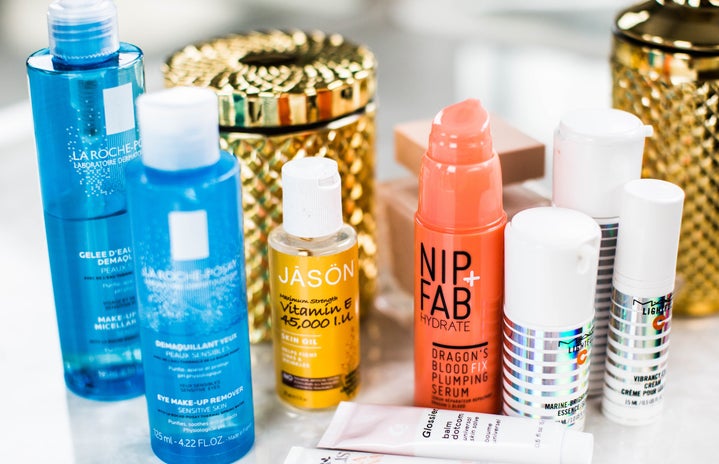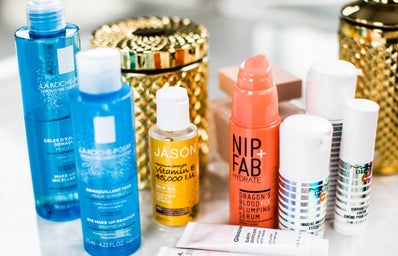Learning how to curate your own skincare routine can seem very challenging, from finding the right products, keeping up with new trends, to learning the terminology. The skincare world can be daunting to beginners that want to explore it and curate their own routines. The most vital part of curating your own routine is understanding the methodology of it. Treat your skincare routine like you would a chemistry lab. Follow the right order and understand the products, ingredients, and their benefits. Learning to curate your own skincare routine might seem challenging, but it doesn’t have to be. It can simply be broken down into cleansing, hydrating, and finally protecting skin from the sun. That’s how easy a skincare routine can be.
First, you have to understand the order in which products should go on your face. A typical daytime skincare routine should look like this:
A.M.
Cleanser
Hydrating toner
Serum
Eye cream (Optional)
Moisturizer
Finally sunscreen.
P.M.
Makeup Remover
Double cleanse
Toner
Serum
Eye cream (Optional)
Moisturizer
The difference between your a.m. and p.m. skincare routine lies in two major differences . While your a.m. routine includes sunscreen, your p.m. routine won’t require that. Instead, your night routine should include a chemical exfoliator that you must cautiously use at least once a week. Whether you decide to use an AHA or BHA depends entirely on your skin.
Second, you have to understand widely mentioned and used ingredients.
Chemical Exfolitors
AHA (Alpha-hydroxy acid) and BHA (Beta-hydroxy acid) are both acids that can be found in chemical exfoliators. Both acids help with removing dead skin cells, preventing acne, and help with inflammation. AHAs are water soluble. They work by exfoliating the surface level of skin, which is best for people with normal to dry skin. While BHAs are oil soluble and work on not only the surface of the skin, but they also penetrate the skin surface and work deep inside. It’s best advised to use sunscreen when using any exfoliating product as it elevates your skin sensitivity.
Hyaluronic Acid
Hyaluronic acid is a molecule that naturally occurs in the skin. Hyaluronic acid binds to water giving your skin a hydrating look. According to Paula’s Choice ingredient dictionary, Hyaluronic acid contains restorative abilities and is able to help maintain and elevate the skin’s moisture content. Hyaluronic acid is used as hydrating serum and your skin can only stand to gain from it!
Niacinamide Acid
Niacinamide acid is a form of vitamin b-3 that helps improve skin hydration, calm irritated skin, repair skin damage, and also help with anti-aging. Like many skincare acids, Niacinamide can cause redness and irritation if used in high doses, so use with caution.
Skincare routines don’t have to be overwhelming. It can be as simple as cleansing your face and focusing on hydration. A great website to check out for reading up on common ingredients found in skincare products is the Paula’s Choice Skin Care Ingredient Dictionary.
Source – https://www.paulaschoice.com/ingredient-dictionary


